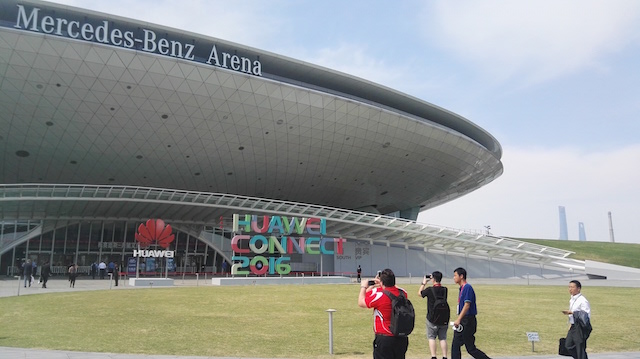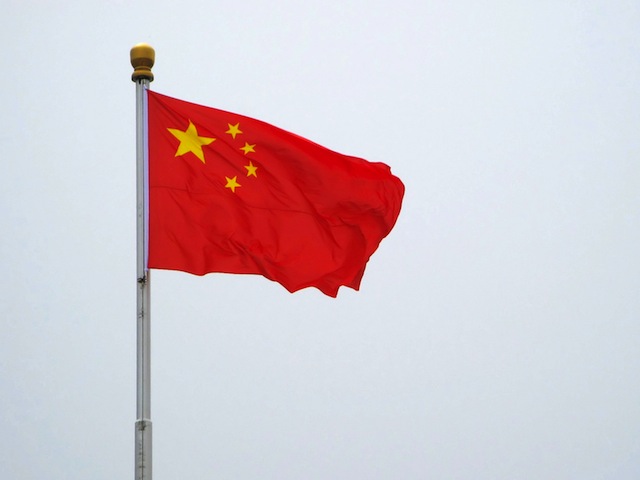What does one of the biggest Chinese backed investment funds look for in prospective companies? During their recent visit to Sydney China Rock Capital Management’s Venture Capital‘s Toby Zhang and Matt Lee spoke about the company’s investment philosophy.
“In general we invest in very early stage investments – we focus on seed to Series A,” says Zhang, one of the company’s partners. “At these stage of development we’re looking at a combination of talent, technology and market.”
“We like to bring these early technology companies to the markets like China and west coast US where we’re familiar, a lot of the companies partner with us because we can help overseas.”
Zhang and Lee were in Sydney for the announcement of their investment into a local VR video capture company, Humense, the fund’s first foray into Australia.
“When we first started CRCM we only invested in Chinese internet companies,” explained Zhang. “While we’re based in Silicon Valley we were looking at what’s going on in mainland China. We’ve launched three additional funds, all three of these are early stage and cross border. We not only invest in China but also in the US, Israel and now in Australia.
Understanding the founders
“We spend more than fifty percent of our time understanding the entrepreneurs and who’s behind the company. When we form a financial partnership it’s kind of like a marriage where getting a divorce is really difficult so you have to really understand the entrepreneurs.”
“Secondly we look for businesses which can easily pivot if they have to. A good example is a company we invested in recently called Music.ly. We were a fifth stage investor in Music.ly while they still in Shanghai, we saw entrepreneurs who we knew from their previous jobs so we knew how talented they were and we were prepared to back them.”
“More importantly though was their business’ focus on social media particularly with the age group that the existing platforms were losing traction with.”
“Finally with technology we’re looking for companies that can create barriers early that allows them to outcompete their competitors.”
Humense’s volumetric capture relies on an array of cheap, commercially available cameras to collect the images, something that appeals to Zhang’s investment philosophy.
Opportunities for Virtual Reality
“We spent a lot of time looking at the VR space, particularly volumetric capture,” says Matt Lee who originally hails from Sydney. “we felt in Australia with the background of special effects and animation so we felt there was a strong talent base we could leverage.”
Toby Zhang sees the fund making more investments into the augmented and virtual reality sectors. “We think AR/VR is a global tech movement,” he says. “Although historically we’ve been mostly investing in Silicon Valley and China, we have been constantly looking for opportunities to get to know start-ups, entrepreneurs, and investors from all around the world.”
It’s notable the Chinese backed fund is now looking around the world for investment opportunities and focusing on VR and AR technologies.
That strategy makes sense as the barriers to entry fall and the tech industry’s focus moves beyond Silicon Valley and into new markets. Where the US investment funds go will be the big pointer of future opportunities.




